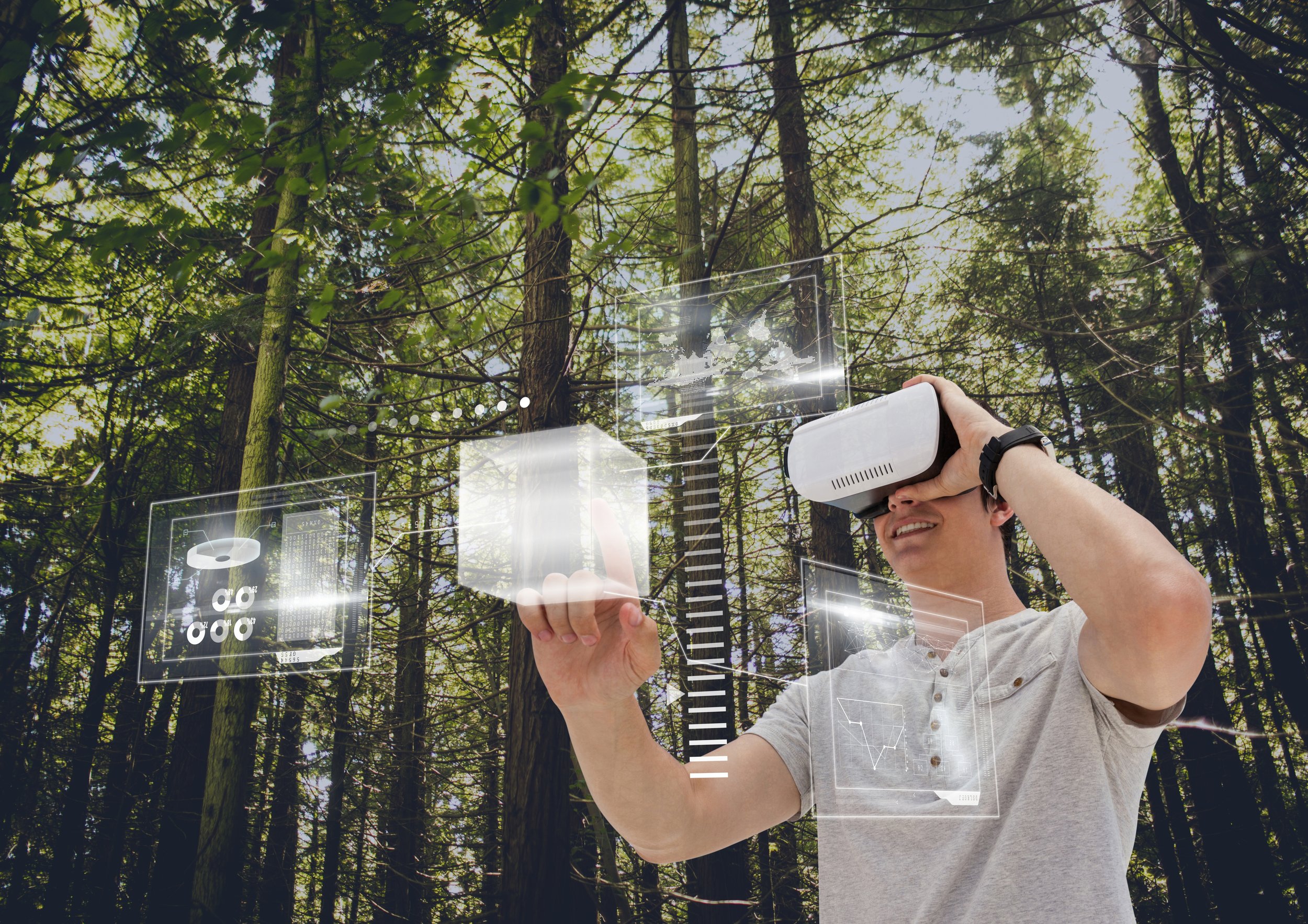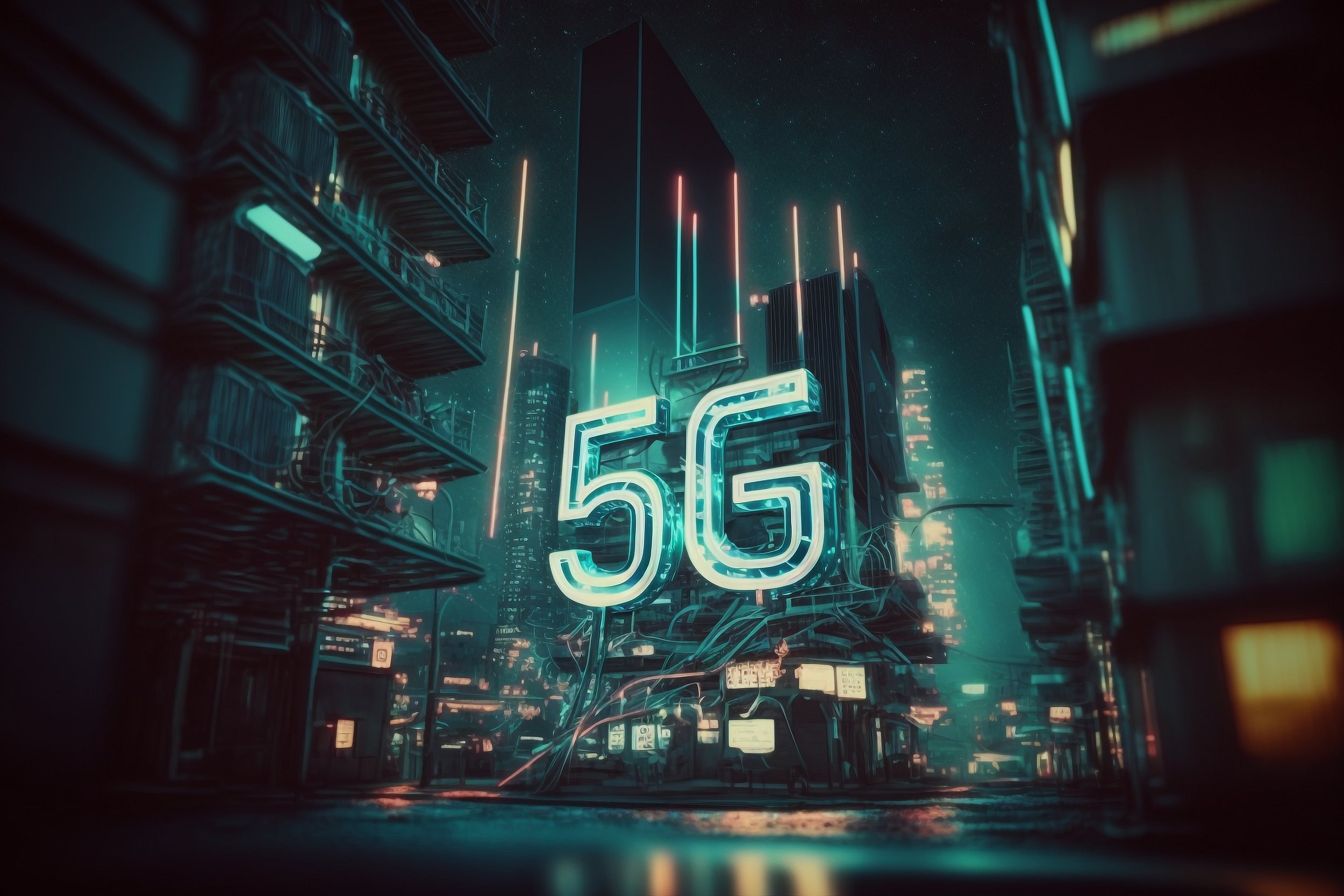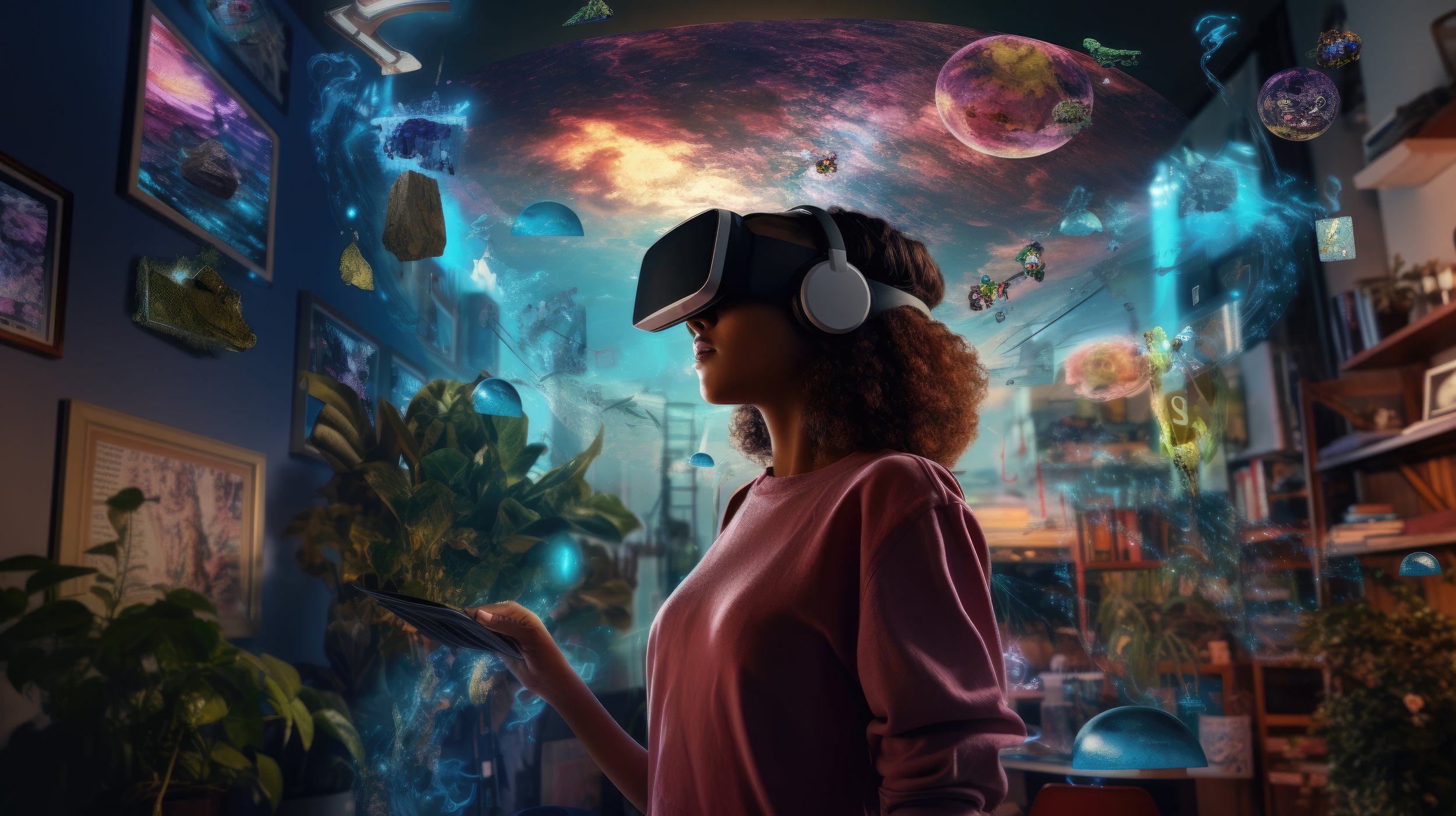
TechNews
Latest updates and insights on tech.
AR-Powered E-Commerce
Augmented Reality (AR) is transforming online shopping by bringing interactive, real-world experiences to digital retail. From virtual try-ons to 3D product previews, AR helps consumers shop smarter and more confidently. This article explores how AR is shaping the future of e-commerce, improving customer engagement, and revolutionizing the way people buy online
M-Commerce Trends
As mobile technology rapidly advances and consumer behavior shifts, mobile commerce (m-commerce) is reshaping the global retail landscape. This article explores the key trends influencing the future of m-commerce, including the rise of mobile payment solutions, integration of augmented reality, growth in voice-activated shopping, and the increasing importance of app-based experiences. By adapting to innovations such as AI-driven personalization, 5G connectivity, and social commerce, businesses can stay ahead of the curve and meet the evolving expectations of today’s mobile-first consumers.
AR/VR Marketing
The Impact of AR and VR on Consumer Engagement examines how immersive technologies, such as Augmented Reality (AR) and Virtual Reality (VR), are transforming the way businesses engage with consumers. From personalized shopping experiences and interactive marketing campaigns to virtual product demonstrations, AR and VR are revolutionizing engagement, enhancing brand loyalty, and providing businesses with innovative tools to create deeper, more meaningful customer interactions.
Mixed Reality Retail
Mixed reality (MR) technologies are redefining retail by blending digital and physical experiences to engage consumers in new, immersive ways. This study explores the benefits of AR and VR for both retailers and shoppers, highlighting how these tools are reshaping the future of shopping. As adoption grows, MR is becoming a key differentiator for brands looking to elevate in-store engagement and bridge the gap between online and offline experiences.
Interactive E-Textiles
Interactive e-textiles are revolutionizing the textile industry by merging technology with everyday fabrics to create smart, functional clothing. This study explores their growing applications in fashion, healthcare, and sportswear, highlighting the technologies driving these innovations—such as embedded sensors, conductive fibers, and responsive materials. As e-textiles continue to evolve, they hold the potential to transform how we dress, monitor health, and interact with our environment.
Future Work Technologies
Remote work technologies are reshaping modern workplaces by enhancing communication, streamlining project management, and boosting productivity. This study examines the tools and platforms driving this transformation, highlighting how they enable seamless collaboration across distances. As technology continues to evolve, it plays a central role in redefining how teams operate and stay connected in a distributed world.
5G and Emerging Technologies
5G's ultra-low latency and high-bandwidth capabilities are unlocking new possibilities for immersive AR/VR experiences, responsive IoT networks, and reliable autonomous vehicle communications. By enabling real-time data processing at unprecedented speeds, this infrastructure simultaneously accelerates innovation across multiple tech sectors.
AR in Experiential Learning
Augmented Reality bridges the gap between theory and practice by creating immersive, interactive learning environments that enhance skill development and learning. Through location-based experiences and collaborative problem-solving scenarios, AR enhances engagement, fosters critical thinking, and improves knowledge retention. This technology enables educators to equip students with essential 21st-century competencies through hands-on digital experiences.
Tech in Art Preservation
Advancements in technology are transforming how historical artworks are preserved, restored, and shared with the public. This study highlights the use of high-resolution imaging, 3D scanning, AI, and augmented reality (AR) in enhancing restoration accuracy and improving long-term preservation. These digital tools not only protect cultural heritage but also expand public access to art through immersive and interactive experiences.
Smart Glasses and AR
Smart glasses are redefining augmented reality by seamlessly merging digital content with the physical world in real-time. This study explores their rapid evolution and wide-ranging applications across healthcare, education, industry, and entertainment. With advancements in display technology, intuitive interfaces, AI integration, and an expanding AR ecosystem, smart glasses are paving the way for more immersive and practical AR experiences in everyday life.
5G: Powering Tech
The emergence of 5G technology marks a significant leap forward in mobile communication. This next-generation network boasts superior capabilities compared to its predecessors, offering vastly improved data speeds, ultra-low latency, and significantly higher network capacity. This article explores the transformative impact of 5G on various emerging technologies, analyzing how its unique features empower advancements in Augmented Reality (AR), Virtual Reality (VR), the Internet of Things (IoT), and autonomous vehicles. We examine how 5G fosters seamless data exchange, real-time interactions, and high-fidelity experiences within these domains, paving the way for innovative applications and advancements.
Augmented Reality: Transforming Learning
The traditional classroom often confines learning to textbooks and lectures, leaving a gap between theory and real-world application. Students struggle to connect abstract concepts to practical experiences, hindering skill development. Augmented reality (AR) emerges as a revolutionary tool, offering immersive experiences that transform the learning environment. This article explores the potential of AR for redefining experiential learning, focusing on its impact on skill development through interactive learning experiences. We examine how AR applications can create location-based learning experiences, promote problem-solving and critical thinking, and foster collaboration and communication skills. The article also addresses the impact of AR on student engagement and knowledge retention within an experiential learning framework. Challenges regarding accessibility, content development, and curriculum integration are discussed. By harnessing the power of AR, educators can create a dynamic and engaging learning environment, empowering students to develop the skills necessary to navigate the complex world of the 21st century.












